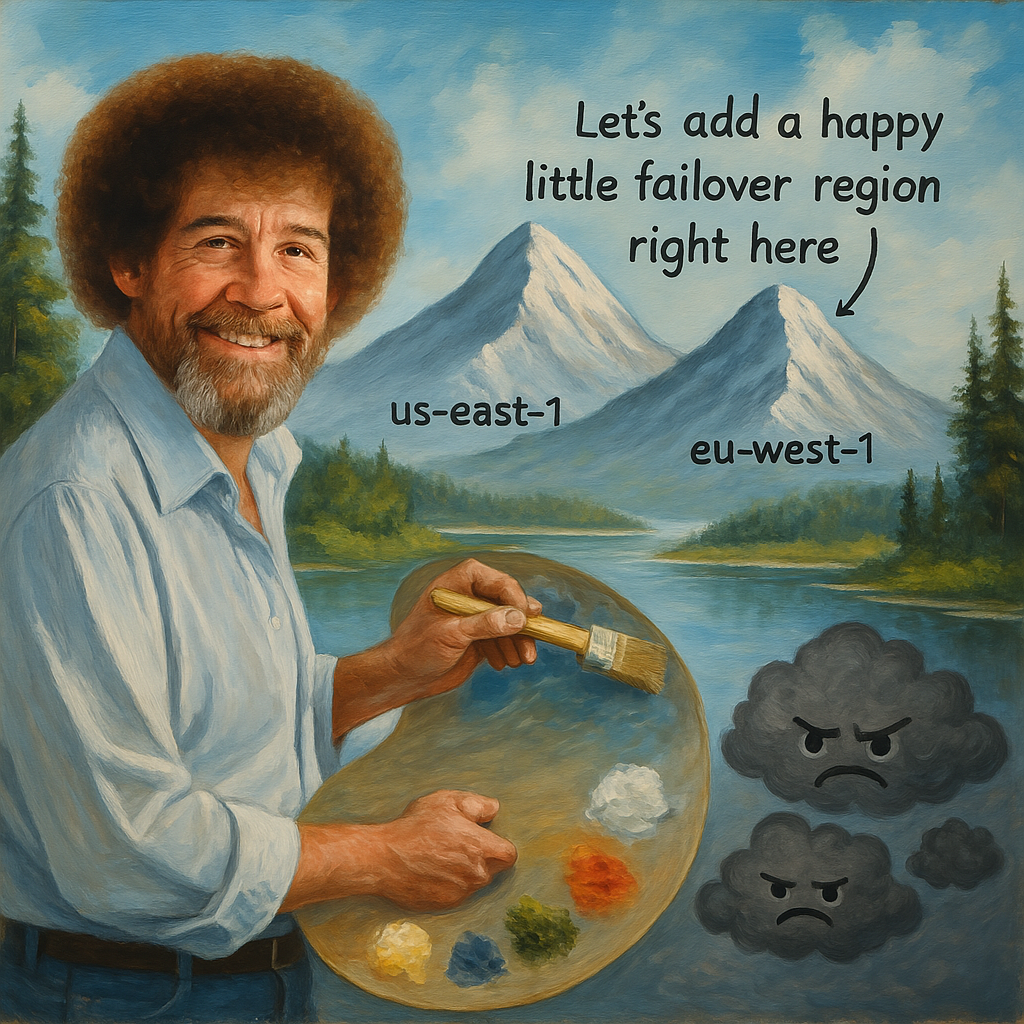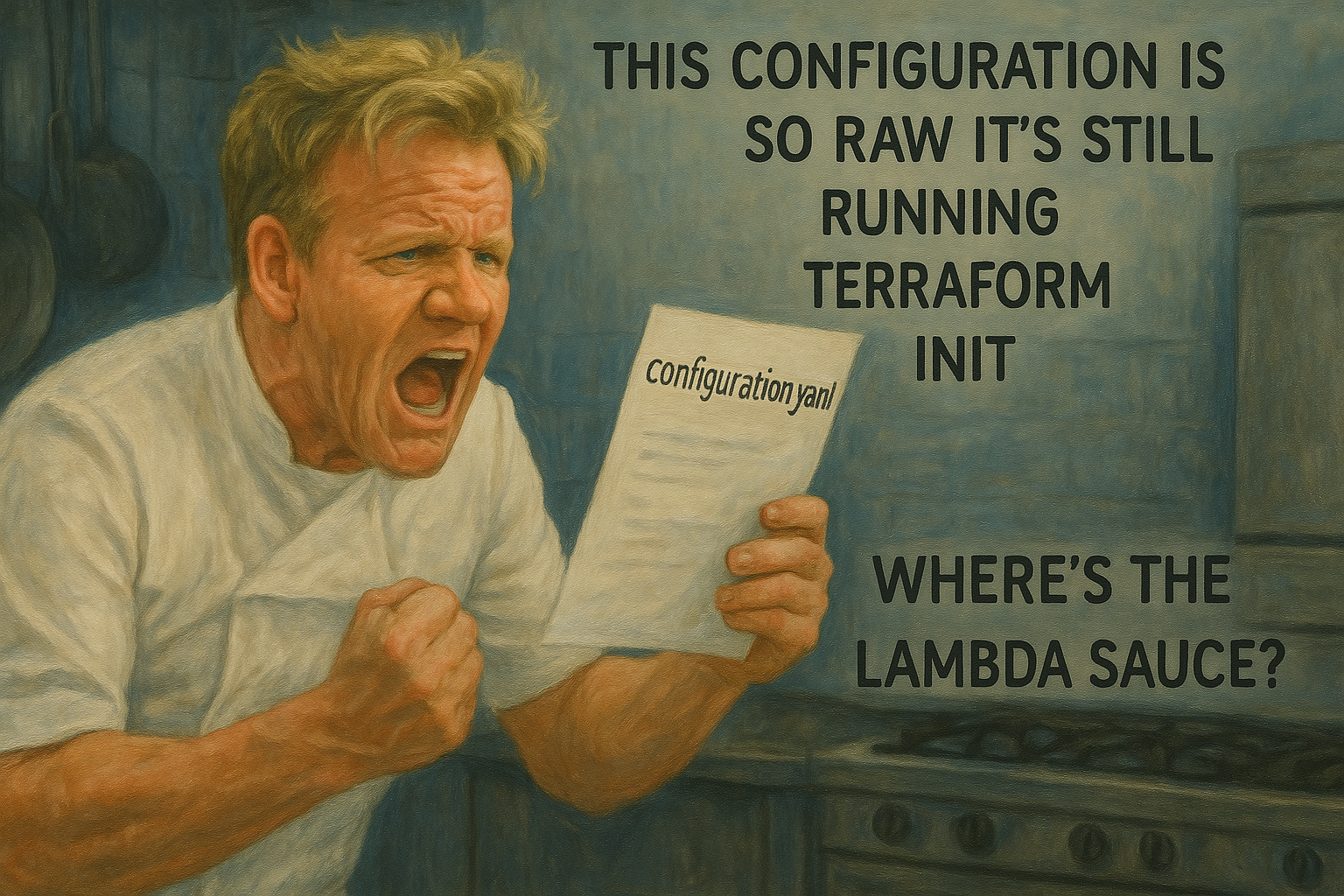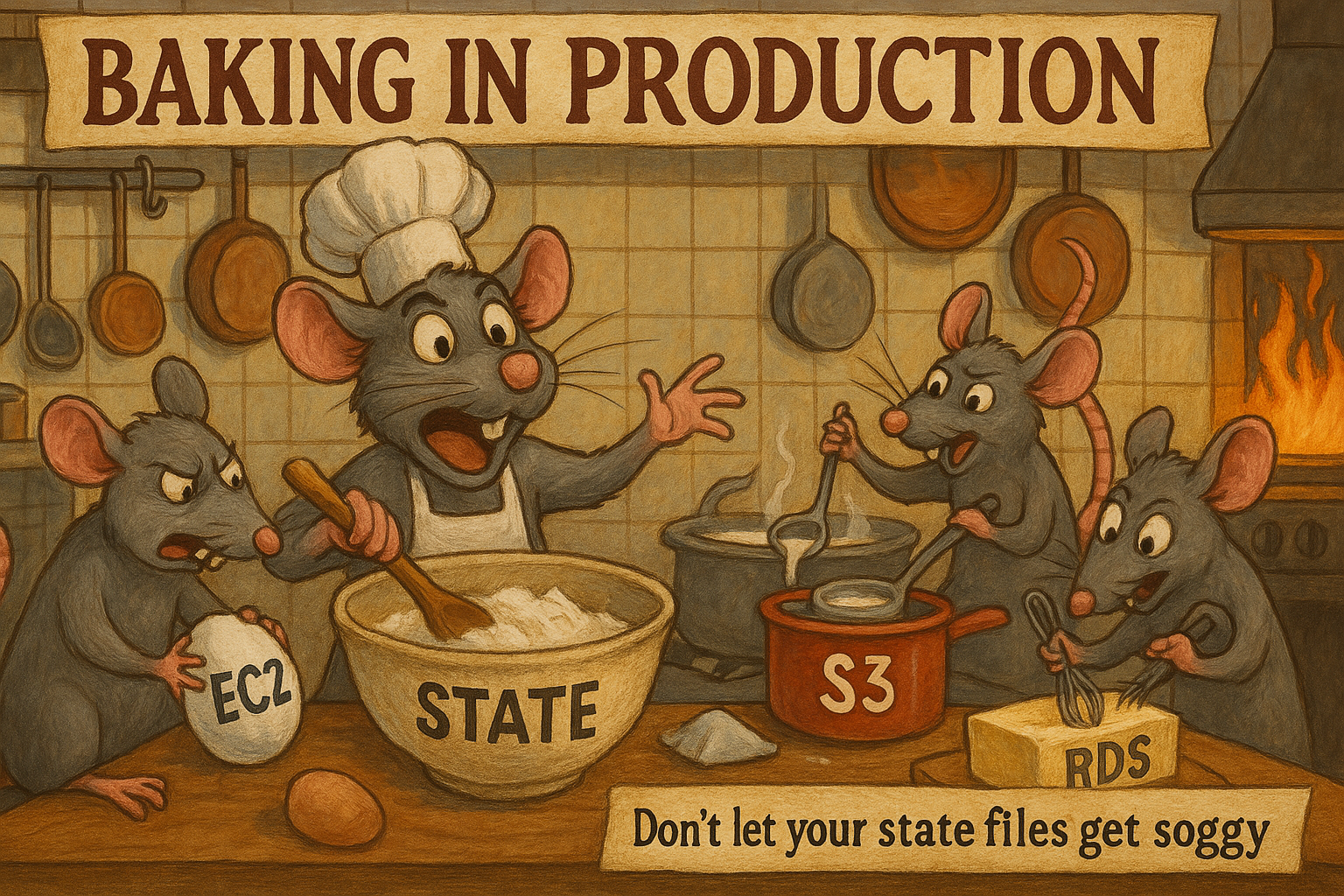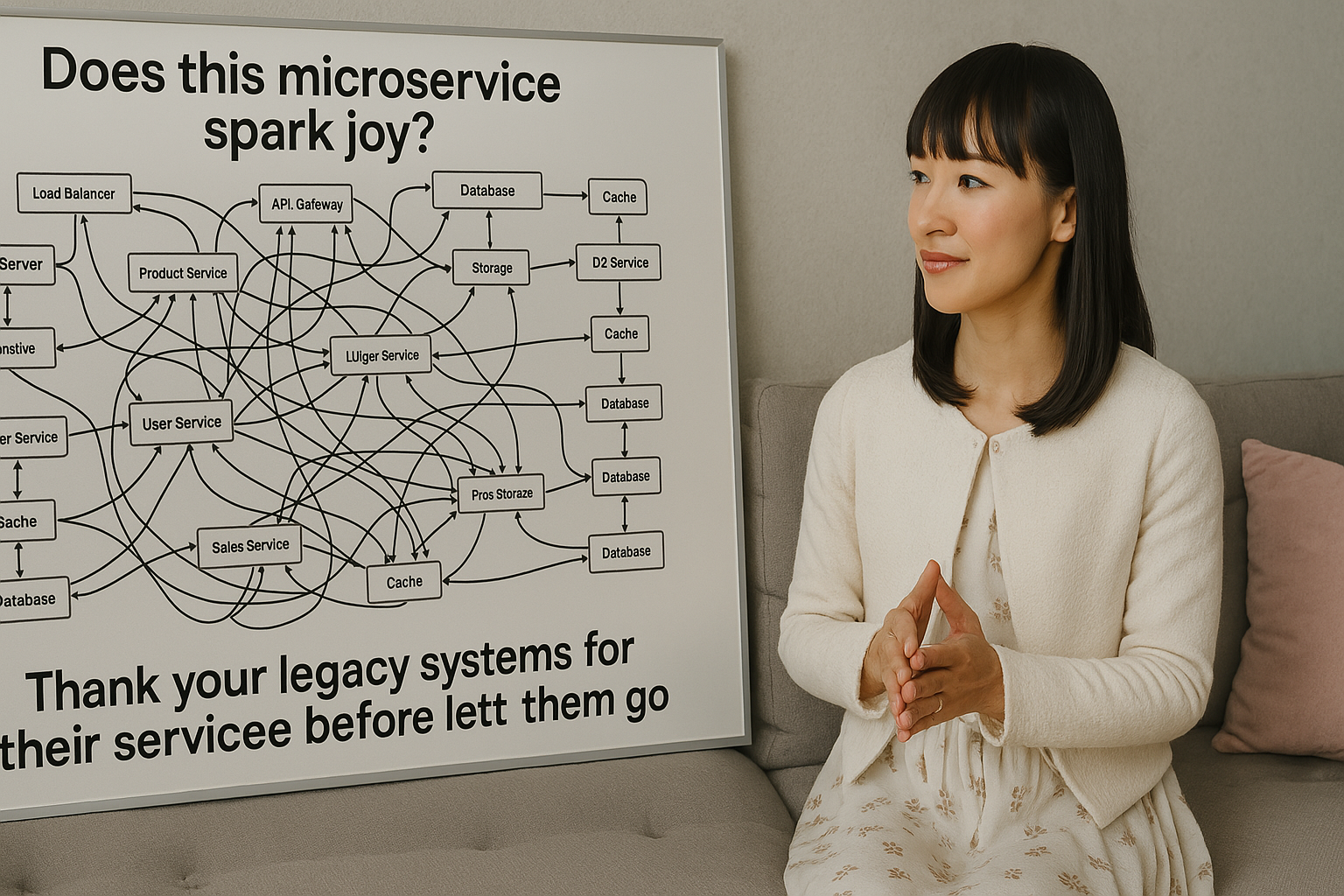Somewhere between your cloud roadmap and your sixth cup of coffee, someone suggests Terraform. Someone else counters with Terragrunt. Then another voice pipes up — "What about OpenTofu?" Suddenly, you're three tabs deep into documentation, wondering which path leads to the infrastructure you actually want... and which one leads to a frozen prod pipeline at 4:55pm on a Friday.
"I shall be telling this with a sigh…"
— probably you, after your first terraform destroy in the wrong environment
Let's sort this out before things get weird.

"And right here, we'll add a happy little microservice. It's your infrastructure, you can add as many services as you want."
Terraform: The Way Most Travelled
Terraform is where most teams start, and with good reason. It's the industry standard. Clean syntax, huge community, and it works across just about every major cloud.
It's the reliable old highway. It gets you there. But no one's pretending the road is always smooth.
When Terraform works:
- You're managing a couple of services or environments
- You want full visibility and control
- You're comfortable managing state and don't fear .terraform/ directories
When it doesn't:
- You're duplicating the same config for three environments
- You're trying to inject dynamic logic into a language that hates dynamic logic
- Your main.tf file has started whispering to you in your sleep

"THIS TERRAFORM CONFIG IS SO RAW IT'S STILL RUNNING INIT!"
Terragrunt: The Path with Fewer Potholes (and More Signs)
Terragrunt wraps Terraform in some much-needed structure. It gives you better state management, DRY configs, and a sense of order in a world that often lacks it.
It's the scenic route with signage, guardrails, and maybe a couple of tolls (read: extra mental overhead).
When to use Terragrunt:
- You have real environments: dev, staging, prod — and they're not "mostly the same"
- You want remote state, backend config, and provider blocks handled cleanly
- You like abstraction — but you like being able to follow the breadcrumbs too
When not to:
- Your team doesn't read error messages
- You already need a diagram to understand your repo
- You're solo and don't need the overhead
"Though as for that, the passing there / Had worn them really about the same."
— A helpful reminder that sometimes, the gain from switching tools isn't the silver bullet it looks like.

"Today we're forking Terraform into a perfectly open-sourced infrastructure. Remember, it's all about the right license!"
OpenTofu: The Other Road
OpenTofu is what happens when people say, "We can build a better Terraform." And they might be right.
It's a community-driven fork of Terraform, created after HashiCorp's licensing change. It's compatible, open source, and increasingly gaining traction — especially among those who like their infra vendor-agnostic and drama-free.
Why switch to OpenTofu:
- You want future-proof IaC not tied to a commercial licence
- You care about governance and community control
- You like having a backup plan — because sometimes, that has made all the difference
Right now, it's more or less a drop-in replacement. But divergence will come. And depending on how you feel about stability vs. freedom, that's either thrilling or terrifying.
Which Tool Do I Choose?
Here's the no-nonsense version:
| You are... | Use |
|---|---|
| Just starting out, building infra solo or in a small team | Terraform |
| Scaling multiple environments or services | Terraform + Terragrunt |
| Done with the licence drama and ready to bet on community | OpenTofu |
| Deep in YAML and rethinking life | A walk in the woods, then a restructure |
"And that has made all the difference."
— not just a poetic close, but a decent litmus test for tooling choices
A Note on Structure (So You Don't Regret Everything Later)
You can use the right tool the wrong way. Here's how not to:
- Use modules. Even bad ones are better than repeating yourself.
- Lock your versions. Of providers, modules, and tools.
- Document your intent. Future-you will thank you.
- Isolate environments. Don't apply to prod from your laptop at 5pm.
- Name things like they matter. Because they do.

"Thank your legacy monolith for its service before breaking it into microservices"
Final Thoughts
Infrastructure is a path. Sometimes it forks. Sometimes it loops back on itself. You'll make mistakes, you'll refactor, and if you're lucky, you'll learn to laugh when terraform plan shows 97 unexpected changes.
Pick the tool that matches your team, your scope, and your capacity for complexity. Don't chase trends. Don't over-abstract. And remember — roads are only useful if you know where they lead.
Cloudcaster helps teams find that path, walk it with confidence, and avoid falling into a ditch along the way. And if we get poetic about it now and then — well, that's just part of the journey.